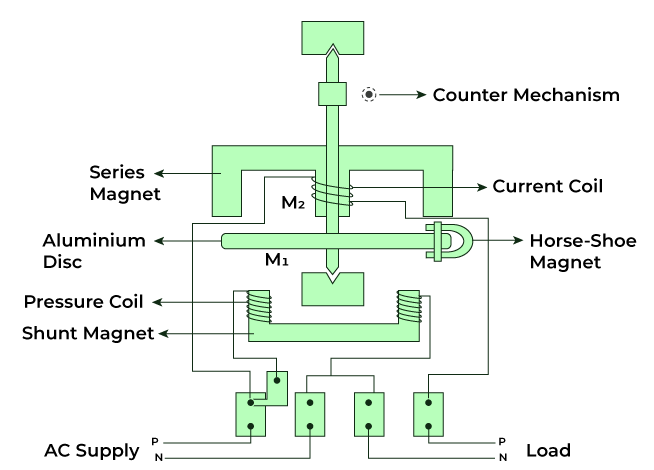There are many terminal block types, based on different classifications. This article will introduce the types of terminal blocks in detail.

1. Push-in terminal block:
Working principle: Push-in terminal block uses an internal spring device to clamp the wire to achieve connection. Users only need to push the wire into the corresponding slot, no additional tools are required.
Advantages:
Easy to use, no tools such as screwdrivers are required, saving installation time.
Fast connection, suitable for occasions that need frequent connection and disconnection.
Common applications: internal connection of electronic equipment, internal connection of household appliances, connection of movable equipment, etc.
2. PCB terminal block:

Designed for surface mount technology (SMT), small and light, very suitable for occasions with limited space, can be directly soldered on the printed circuit board (PCB).
Advantages:
Space saving, very suitable for high-density electronic equipment.
Easy installation, automatic soldering can be achieved.
Common applications: PCB boards of electronic devices such as smartphones, tablets, industrial routers, and switches.
3. Spring terminal block:
Working principle: Use the pre-tightened spring mechanism to press the metal terminal to achieve the effect of clamping the wire.
Advantages:
Easy to use, no need to tighten the screws, the connection can be completed quickly.
It is highly applicable and can be used for wires of various specifications.
It is easy to maintain and easy to check the tightness of the spring.
Common applications: connections in industrial control systems, sensor connections, internal connections of household appliances, etc.
4. Screw terminal block:

Working principle: Use screws to tighten the metal pressure plate to firmly fix the wire on the terminal block.
The connection is firm and reliable, with strong vibration resistance, suitable for various harsh working environments.
It is highly versatile and suitable for wires of various specifications and current levels.
It is easy to maintain and easy to tighten loose screws.
Common applications: connections in power systems (such as transformers, circuit breakers), connections in industrial control cabinets (such as PLCs, inverters), internal connections of household appliances, etc.
5. Bolt terminal block:
Working principle: Use bolts (Bolt) to press large-size wires on the metal plate of the terminal block to achieve connection.
Advantages:
It is suitable for connecting wires with ultra-large cross-sectional areas, and is often used in high current situations.
The connection is firm and reliable, with strong tensile strength.
Common applications: high-voltage transmission line connection, large generator connection, high-current connection inside power plants, etc.
6. Switching terminal block:
Features: The terminal block with integrated switching function can isolate the circuit while disconnecting, which is convenient for maintenance and repair.
Advantages:
Disconnect the circuit while disconnecting, improving safety.
Simplify circuit design and reduce required components.
Common applications: Connections in test equipment, circuit connections that need to be frequently disconnected for repair, etc.
7. DIN Rail Mounted Terminal Blocks

Designed for terminal blocks installed on DIN rails, DIN rails are a standardized metal rail widely used in industrial control cabinets. DIN rail terminal blocks are usually designed as snap-on installation structures. You only need to snap the terminal block on the DIN rail to complete the installation without additional tools.
Advantages:
Easy and quick installation, greatly shortening the installation time and improving efficiency.
Strong applicability. Since DIN rail is a standardized design, DIN rail terminal blocks are compatible with various rails that follow this standard.
Compact structure, which can save space inside the control cabinet.
Common applications: connection of various electrical equipment in industrial control cabinets, such as PLC, inverter, relay, etc. Wire connection in the distribution board of electrical control system.
8. Panel Mounted Terminal Blocks
Terminal blocks mounted on panels or walls are often used in occasions where wires need to be connected to control panels, distribution boxes or instruments and other equipment. Panel mounted terminal blocks are usually pre-assembled and have mounting holes, which can be easily fixed to the panel or wall with screws.
Advantages:
Easy to install, no complicated installation process is required, only a screwdriver is required to complete the fixation.
Easy maintenance, the wiring terminals of the panel mounted terminal blocks are easy to check and maintain, which is convenient for daily maintenance work.
Strong versatility, panel mounted terminal blocks are suitable for various wire specifications and working conditions.
Common applications: Wire connection in power system distribution boxes and control boxes. Connection of sensors, actuators and other signals in industrial control system control panels. Wiring connections inside a home appliance control panel.






